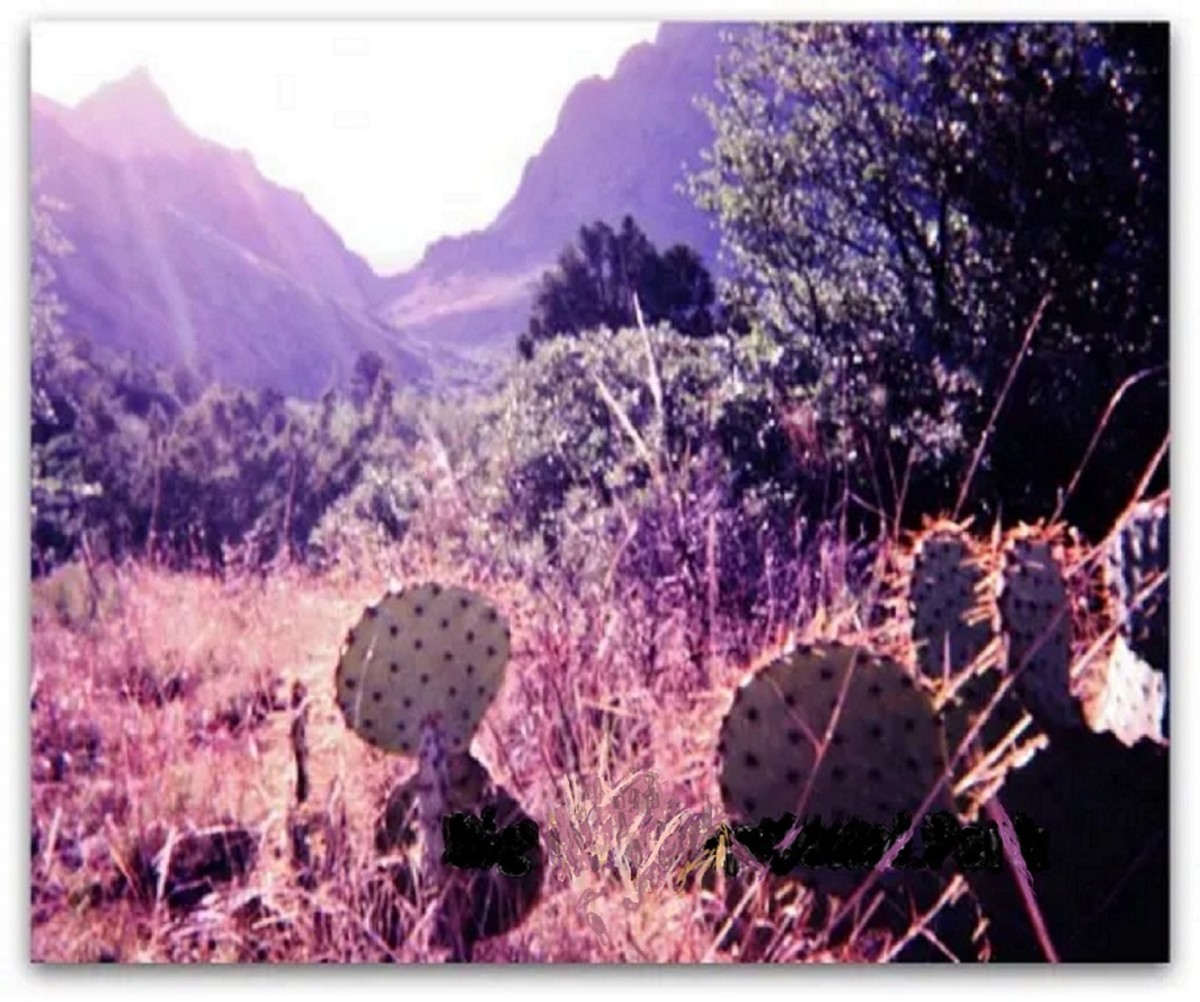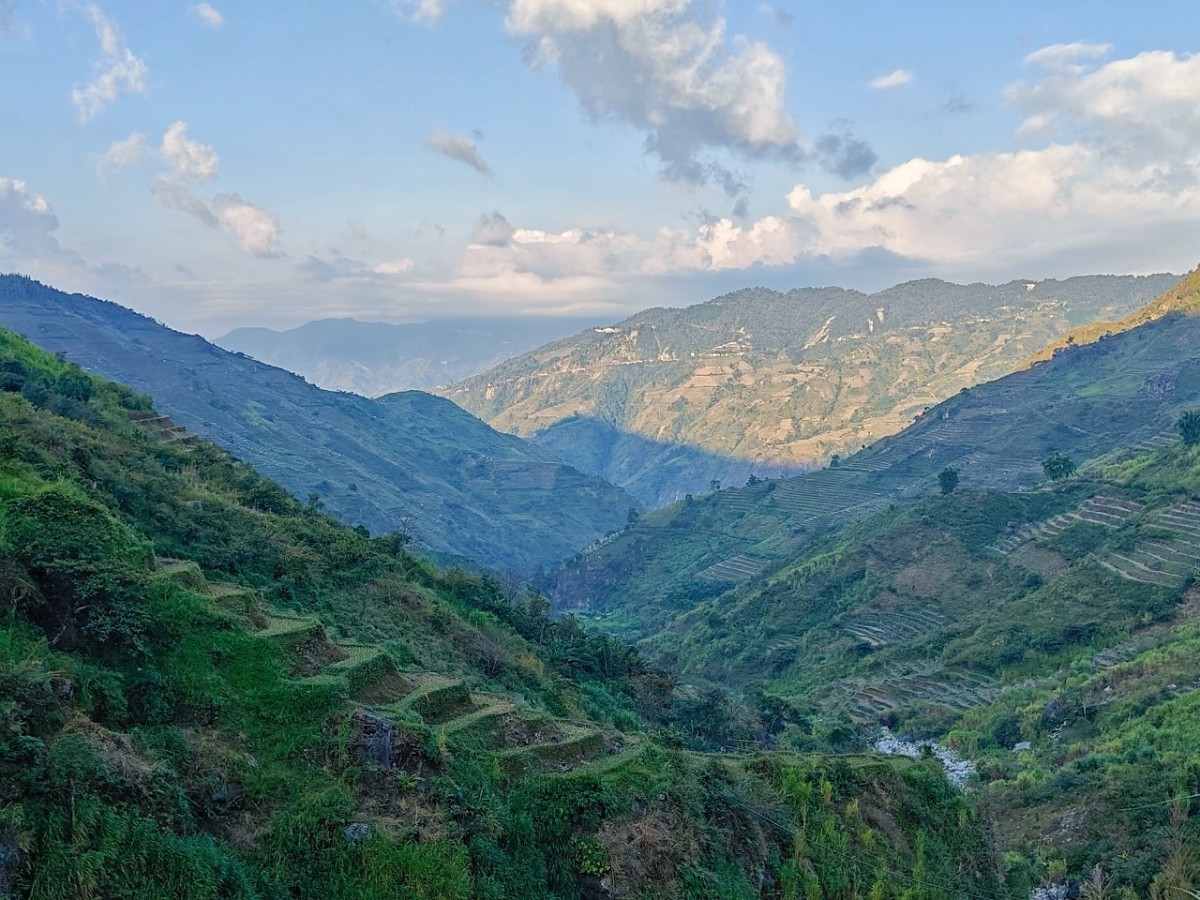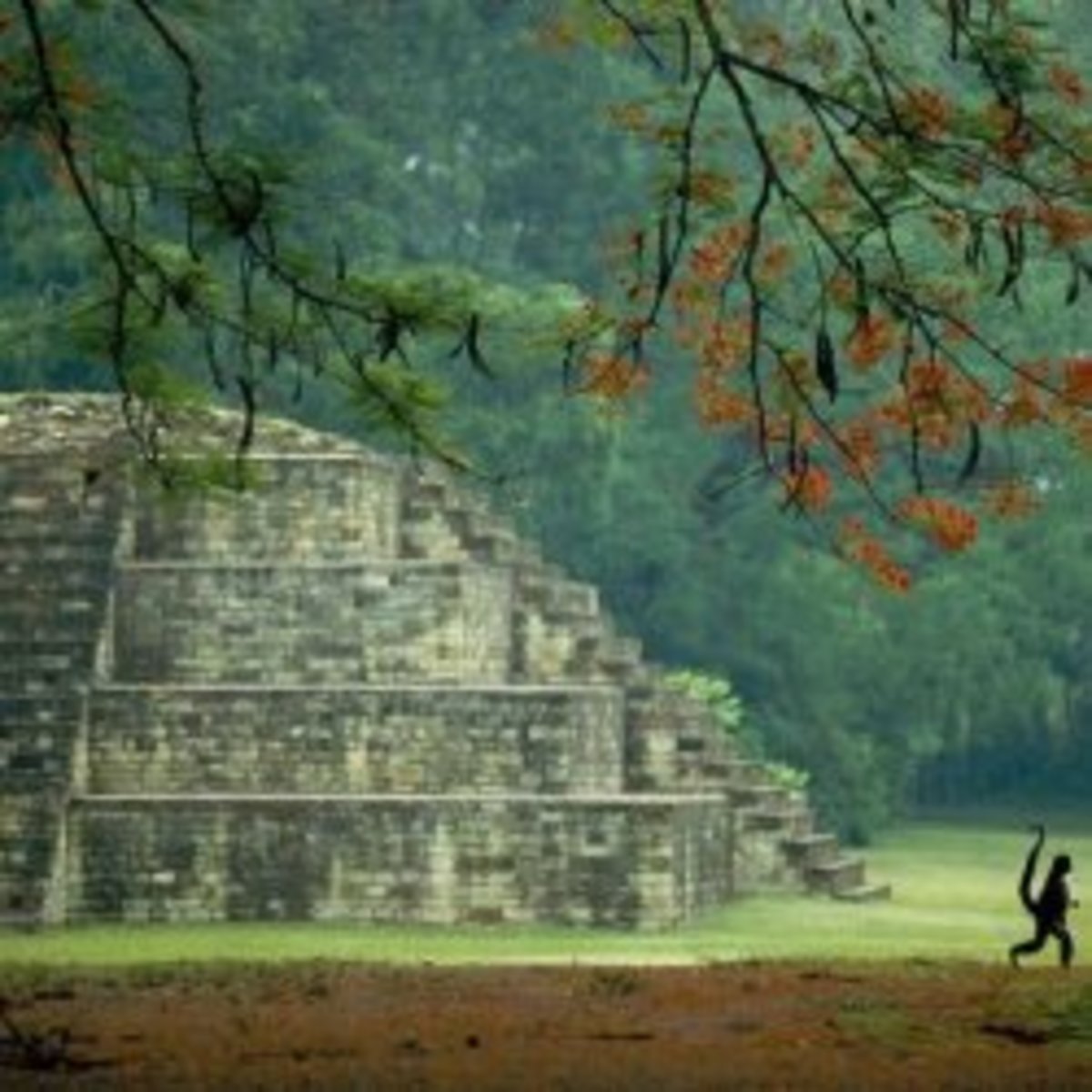Honduras: A Fortnight Spent Within a Mountain Bowl
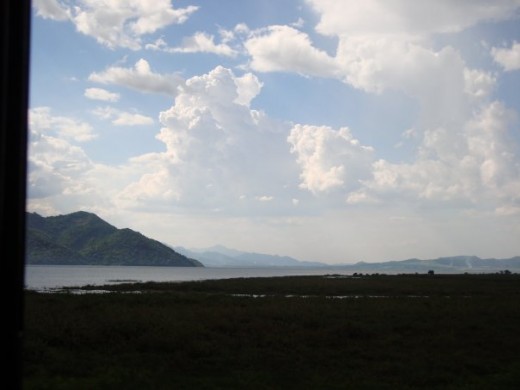
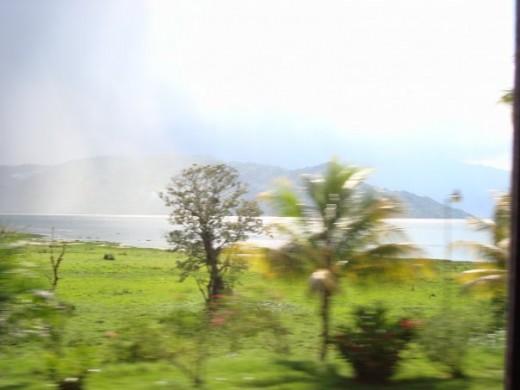
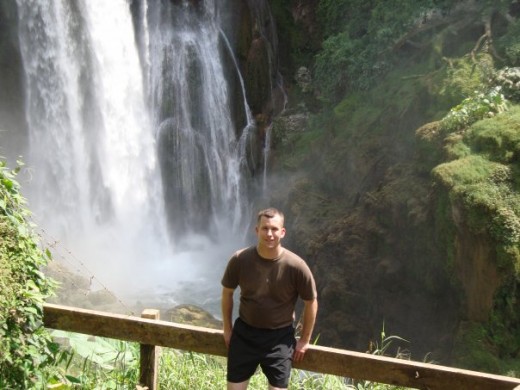
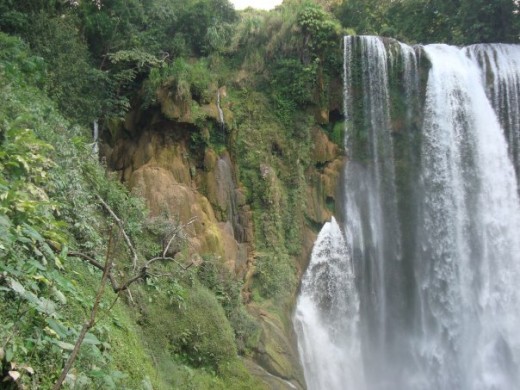
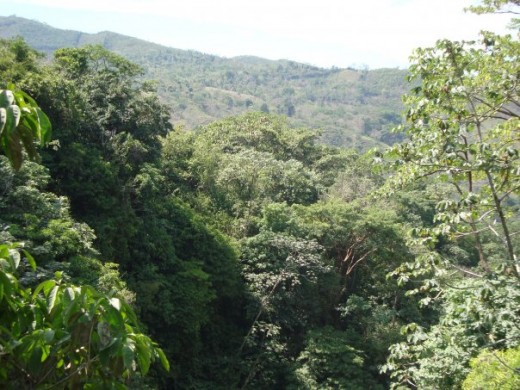
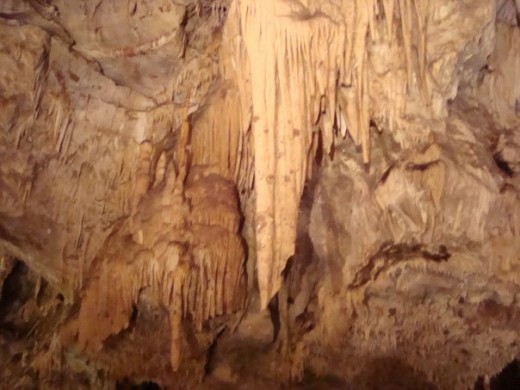
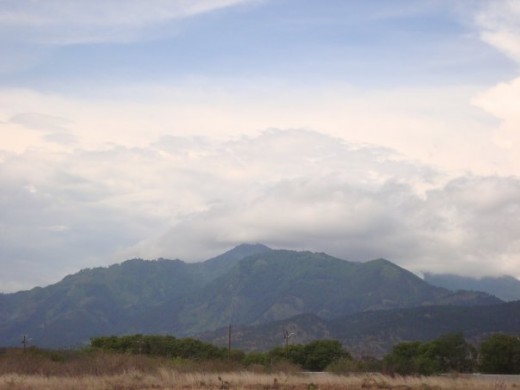
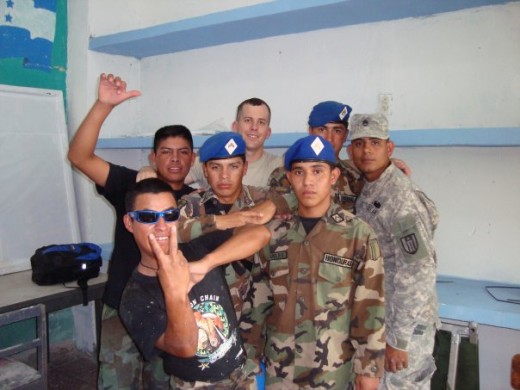
A Fortnight Spent Within a Mountain Bowl
They flew us into Honduras on a luxury Boeing 737 commercial airliner, shortly before the region’s rain season was scheduled to begin. The skies were baby blue as we floated, without a hint of turbulence, over the Gulf of Mexico, 22,000 feet beneath us, the parallel ripples of water below looking like lines of text in a foreign language, too distant to discern. There were about 80 of us, Army Engineers from the state of Wisconsin, scheduled to land at Soto Cano Air Base, Honduras, just outside the country’s capital of Tegucigalpa. We were scheduled to assist Joint Task Force Bravo with successfully completing Operation: Beyond the Horizon 2008. The mission consisted of building up the infrastructure of the fledgling Central American country’s inner cities. In particular, new schools were being built from the ground up, and pre-existing schools were being improved.
As our airliner landed on Soto Cano’s state-of-the-art airstrip, it was apparent that we had entered a region teeming with vastly different flora and fauna. We passed a line of fighter jets which rested, stationary, beside us on the runway. These fighter jets were clean and appeared prepared to take off if the need happened to arise. As our plane slowed and we coasted by them, one of our Sergeants informed us that the fighter jets were decommissioned, and no longer contained engines. I paused to consider the significance of this, weighing that perhaps it was a sign that the country was enjoying an extended era of peace to not require working fighter jets, along with the negative repercussion that if the country were to come under attack, they would have less than appropriate defense. Regardless, our plane came to an abrupt halt, and we prepared to de-board.
We spent an hour filtering through the Honduran customs building, which lay adjacent to the airstrip. I considered it a token of trust that the Honduran officials did not even check our bags. If we had a knife on our persons, or other tools, which is common because we are engineers, they simply made a record of it and returned the items to the rightful owners.
Soto Cano Air Base is located in what is referred to as a mountain bowl, basically a flat valley encircled by a lofty rim of mountains. The mountains were primarily covered with forest; in the morning a flat blanket of clouds would cut through the tips of the mountains, creating a very picturesque line that cut the sky in half. The air within the bowl remained humid and still with seldom a blow of the wind. A gentle haze lined the upper atmosphere, as the cities within the mountain bowl released their waste gases into the air, which less easily escaped due to the lack of air circulation from the guardian-mountains. According to Sun Tzu, the ancient Oriental military strategist, anywhere within this mountain bowl would have been a prime place for an army to encamp. If an opposing force chose to attack, the opposition would become extremely fatigued from scaling the geographical barrier, and their state of being winded would make them a less effective offensive force.
Our unit’s mission with Operation: Beyond the Horizon was to add two rooms and a stage area to a school in Comoyagua. The school would be similar to an American elementary/middle school. There were about 120 children, which surrounded us as we worked on improving their learning conditions. Jose Trinidad was the patron saint of this particular public school, and a small statue of him resided permanently in the school yard near the entrance, which was enclosed by a thick concrete wall topped with cast iron grating. The city of Comoyagua had the population of approximately 80,000 people. From observing Honduran citizens on the streets, the way in which they lived was similar to America in many ways, excluding the excess of technological and modern inventions that Americans are blessed with. This lack of excessive material possessions produced, in my opinion, a stronger sense of community, and familial camaraderie among the people within the streets. There was a stronger sense of connectedness there, as people were not oriented towards excessive material bliss, as Americans seem to gravitate towards, but more of a desire for food, water, clothing, and the connection among the spirits of the people of Honduras. Honestly, I envied their simple way of life in many ways. It is more of a feeling than anything. Nothing you can put your finger on. Merely observing the children, a strong essence of love surrounded them. Several times during our work period, children would run up to me with giant smiles, and I gathered the notion that their monetary status meant absolutely nothing. They were simply overjoyed that they had been given the gift of life. They would ask me for candy in Spanish, or simply say, “Hola, como est as?” Hello, how are you? There was no presence of pretension which I witness almost everyday as an American citizen regretfully, even in the children of our country. Even though their accommodations were nowhere near to what American children are blessed with, they retained the playful spirit, coupled with a comforting humility and abounding grace. It was as if I was witnessing one of the Beatitudes that Jesus proclaimed at the Sermon on the Mount: “Blessed are the poor in spirit, for theirs is the kingdom of heaven.”
Although we only spent our days in Comoyagua, and returned to the base after dinner time, we were told that the streets turn like a dime in the night-time. The families would retire for the evening, and the seedy population would filter out of the woodwork. Honduras has a high rate of unemployment, indicating that there is a great deal of business which takes place with Honduran currency, but outside of the government’s taxation policies: black market, if you may. Needless to say, there is doubtless rampant prostitution, gambling, and petty crime which plagues those who are brave enough to show their faces in the shadows.
The traffic on the highways, and in the narrow streets of the city, was much less controlled than what we know here in America, even hectic. There were bicyclists swerving between vehicles, automobile drivers being very risky in double passing on two lane highways and roads with narrow lanes. At one point early in our mission at Jose Trinidad, a bicyclist who seemed to be under the influence of some type of substance, ran into one of the U.S. Hummer vehicles in our convoy which made its trip to the school each day. The bicyclist insisted that his leg was wounded, and insisted that the vehicle was at fault. He demanded compensation for the injury, and it soon became apparent that this was just another poor man in a poor country, desperate to make money in any way possible. After his numerous contentions with our officers, he gave up on his attempt.
Our main tasks were adding concrete stucco, and then priming and painting the walls that the rotation before us had erected. The responsibilities were heavy and physically exhausting and, working 12 days in a row, a sense of fatigue weighed on us after the duration of our work period. On the final day before our departure, our company rented a tour bus, which carried us high into the Honduran mountains. We jutted past the cities and towns, and into the homeland of mountain peasant country. There were no established towns, just random outcroppings of mountain shanties, seemingly hand-built. Sometimes the humble men or women would rest on stones or chairs outside their quaint makeshift shelters, some of them waving as we went along. We waved back, in good spirits that the work was behind us, the money we had hard earned still in store, and for a moment, we felt a subtle sense of home. I considered what it would be like to live in the mountains, reaping from the land, and eating what the nature of the region dictated. American life would not even compare; the mountain life would provide a much larger scope of ways to appreciate the blessings of God’s nature, as opposed to the capitalist drive for synthetic property. Well oxygenated from the overabundance of green life, the valleys made up of curvy pastures were sprinkled with spurts of trees and bushes, endless spaces of grazing for goats, lambs, chickens, and other wildlife which would provide sustenance for the mountain people. Some of the low mountain valleys were lined with lakes which filled up from the rain that flowed down from the mountains, but the villagers who lived high in the mountains would most likely resort to mountain streams and collecting rainwater which they needed for their cooking and bathing. The mountains were cut through with dynamite in some remote past to provide a fare for the roadways that our bus rode upon upward into the sky. Some of the chiseled mountainsides that lined the roadway had stenciled spray-painted messages which said “Jesus for President” in Spanish. It touched my heart to know, as a Christian, that the gospel of the salvation of the Lord Jesus Christ had already reached the obscure high places of this country, which seemed so much closer to God than the stain-glassed capitalistic temples of the Midwest.
We were taken to a mountain cave high in the mountains. The cave tour guide informed us that in the year 1969, a group of Israeli had been commissioned to use dynamite to make new roadways in the mountain regions, most likely for mining. When this group of Israeli were blowing the mountain rocks, they inadvertently discovered the mouth of the cave which we had the pleasure of viewing. Being closer to the equator, the cave was extremely hot and humid; the rock formations within, primarily comprised of the mineral calcite, were rich with stalactites and stalagmites, illustrious and detailed natural wonders which displayed the ancient patience of God’s artistry.


